Luminous Joy of Cooking Lemon Sponge Custard Recipe
A lemon sponge custard transforms ordinary ingredients into an extraordinary culinary symphony, where zesty brightness meets cloud-like decadence.
This enchanting dessert whispers elegance through its delicate, airy texture and vibrant citrus essence.
Crafted with simple techniques, the custard beckons both novice and experienced bakers to its irresistible charm.
Silky smooth layers melt effortlessly, delivering a refreshing dance of tangy and sweet flavors.
Each spoonful promises a moment of pure gastronomic bliss, breaking free from mundane dessert expectations.
The recipe’s magic lies in its surprising simplicity, turning basic components into a sophisticated treat.
Check out this luscious creation and let your taste buds embark on an unforgettable journey of sensory delight.
Quick Recipe Overview
What Goes into Lemon Sponge Custard
For Creamy Base:For Liquid and Flavor Enhancers:For Dry and Stabilizing Ingredients:For Optional Garnish:Tools to Whip Up This Light Custard
Step-by-Step for Lemon Sponge Texture
Butter six small ramekins and set up a large baking pan for a warm water bath. Turn the oven to a cozy 325°F, creating the perfect environment for your delightful dessert.
Whisk butter and sugar until they transform into a light, fluffy cloud. Blend in egg yolks, vanilla, and zesty lemon notes. The mixture should look smooth and inviting, promising a delectable treat.
Softly incorporate flour, salt, milk, and a splash of lemon juice. Stir with care, ensuring each ingredient mingles harmoniously without overwhelming the delicate texture.
In a spotless bowl, beat egg whites with cream of tartar and a touch of sugar. Whip until glossy, cloud-like peaks rise and stand proudly, promising incredible lightness to your dessert.
Tenderly fold the billowy egg whites into the batter. Use a gentle touch, preserving the airy magic that will make your custard extraordinary.
Pour the silky batter into prepared ramekins. Nestle them in the water bath, creating a steamy, gentle cooking environment that guarantees a smooth, custardy perfection.
Bake for 40-45 minutes until the tops turn a golden sunset color. A clean toothpick will confirm your custard’s readiness and promise of deliciousness.
Let the custards rest and cool slightly. Dust with a delicate snow of powdered sugar. Optionally crown with fresh cream or seasonal berries for an extra touch of elegance.
Flavor Balancing and Cooking Tips
How to Serve This Light, Bright Dessert
Refrigeration and Freshness Tips
Print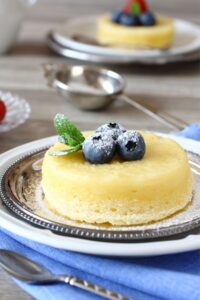
Perfect Lemon Sponge Custard Recipe
- Total Time: 55 minutes
- Yield: 5 1x
Description
Silky lemon sponge custard emerges as French pastry magic on your plate. Delicate layers of citrus and cream invite dessert enthusiasts toward pure culinary bliss.
Ingredients
- 3 eggs, separated
- 1 cup (200 g) granulated white sugar
- 1 cup (240 ml/8 fl oz) milk (whole or reduced fat, but not skim)
- ⅓ cup (80 ml/2.7 fl oz) freshly squeezed lemon juice
- 4 tbsps (57 g) unsalted butter, room temperature
- ⅓ cup (40 g) all-purpose flour
- 1 tsp pure vanilla extract
- 1 tbsp lemon zest (outer yellow skin of lemon)
- ¼ tsp salt
- 1/8 tsp cream of tartar (optional)
Instructions
- Preparation: Lavishly butter six 1-cup ramekins and preheat oven to 325°F (165°C), creating a hospitable environment for the delicate dessert.
- Base Mixture: Cream butter and sugar until ethereally light, then seamlessly incorporate egg yolks, vanilla extract, and lemon zest, blending into a smooth, aromatic foundation.
- Batter Development: Delicately fold flour and salt into the mixture, alternating with milk and lemon juice to craft a silky, luminous batter with balanced citrus undertones.
- Meringue Creation: Whip egg whites with cream of tartar, gradually introducing sugar until achieving glossy, robust peaks that promise ethereal texture.
- Batter Fusion: Tenderly fold whipped egg whites into the base, preserving the mixture’s delicate airiness and ensuring a cloud-like consistency.
- Baking Technique: Transfer batter to ramekins, filling three-quarters full, then nestle into a water bath, creating a gentle steaming environment for even, luxurious cooking.
- Oven Transformation: Bake for 40-45 minutes until golden-crowned and a toothpick emerges pristine, signaling the custard’s perfect doneness.
- Finishing Touch: Allow slight cooling, then dust with powdered sugar and optionally adorn with whipped cream and seasonal fruit for an elegant presentation.
- Serving: Offer warm or at room temperature, inviting guests to savor the dessert’s nuanced textures and bright, lemony essence.
Notes
- Maintain Egg White Integrity: Whip egg whites in a completely clean, grease-free bowl to ensure maximum volume and stability during folding.
- Water Bath Precision: Use hot water when creating the water bath to help maintain consistent baking temperature and prevent cracking of the custard.
- Gentle Folding Technique: Use a spatula and fold egg whites in a figure-eight motion, turning the bowl as you go to preserve the delicate air bubbles.
- Temperature Matters: Let ingredients like eggs and milk come to room temperature before mixing to ensure smoother integration and better overall texture.
- Prep Time: 15 minutes
- Cook Time: 40 minutes
- Category: Desserts
- Method: Baking
- Cuisine: American
Nutrition
- Serving Size: 5
- Calories: 242
- Sugar: 28 g
- Sodium: 150 mg
- Fat: 12 g
- Saturated Fat: 7 g
- Unsaturated Fat: 4 g
- Trans Fat: 0 g
- Carbohydrates: 36 g
- Fiber: 0 g
- Protein: 5 g
- Cholesterol: 185 mg
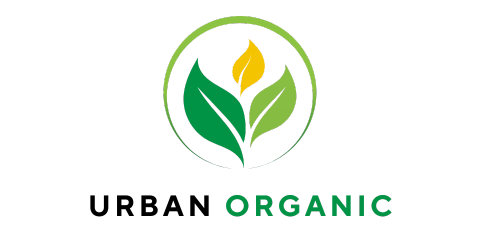
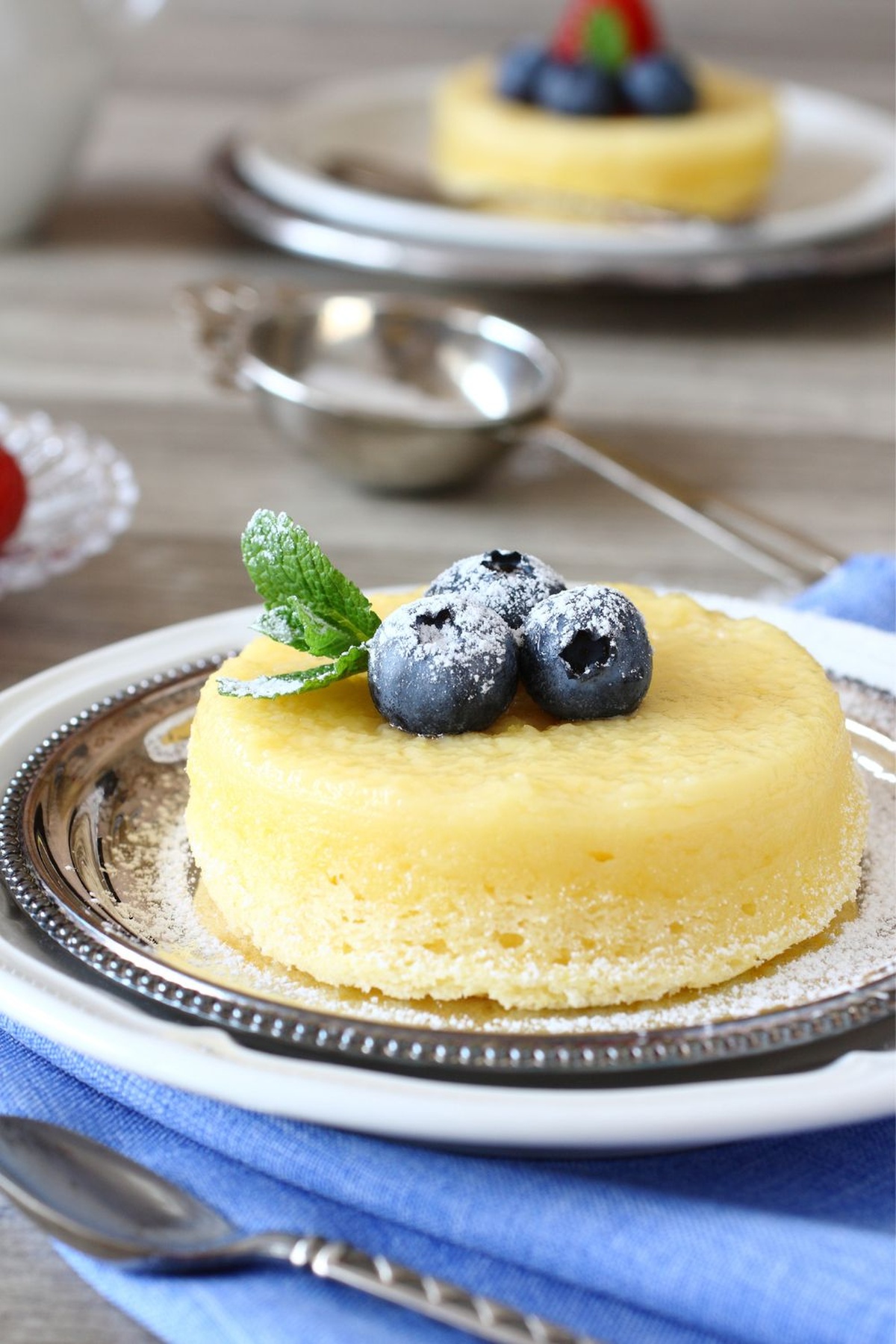
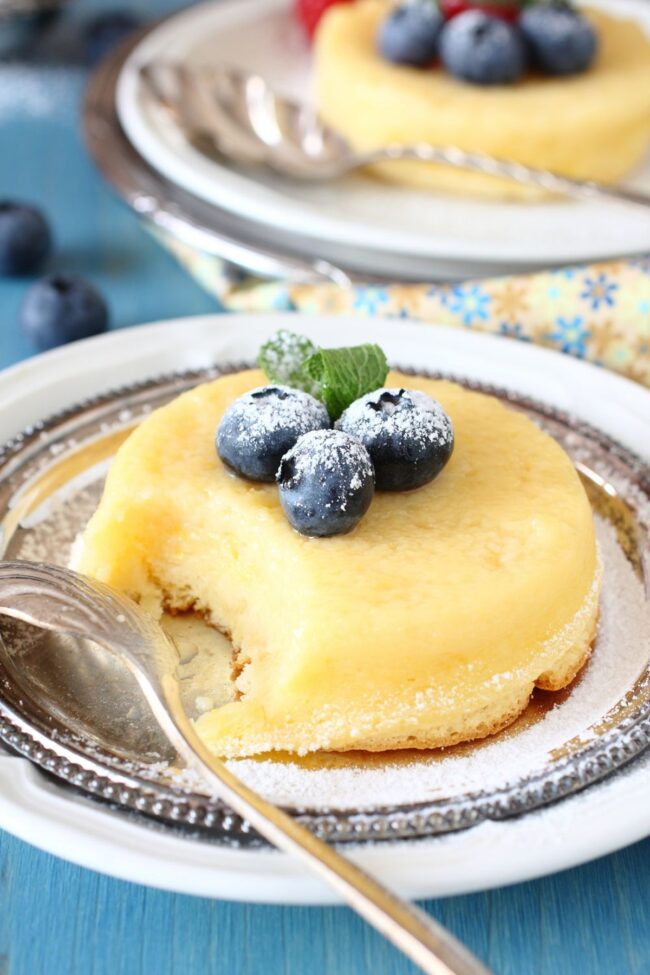
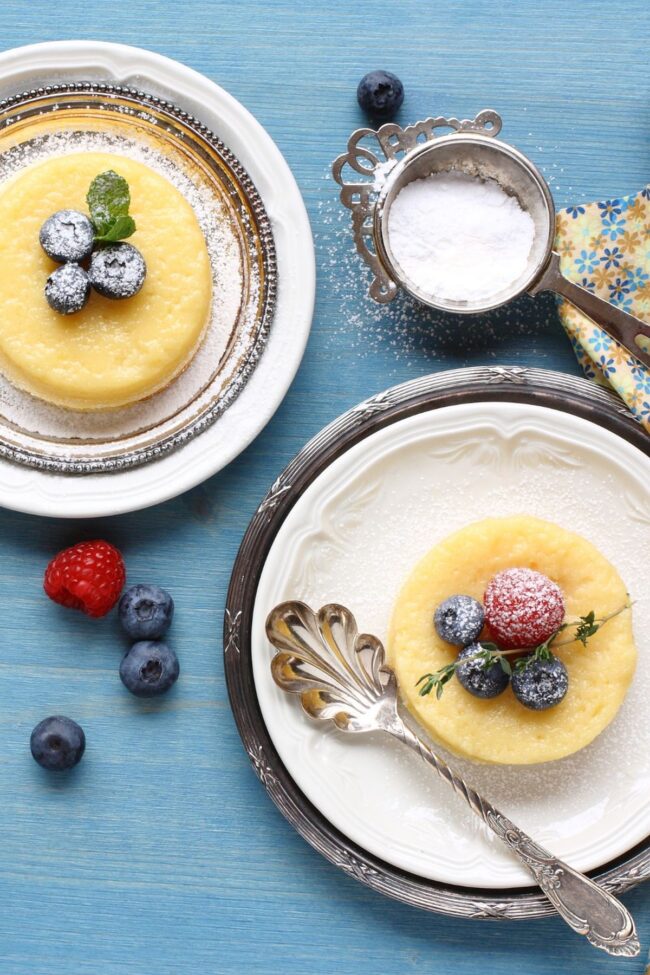
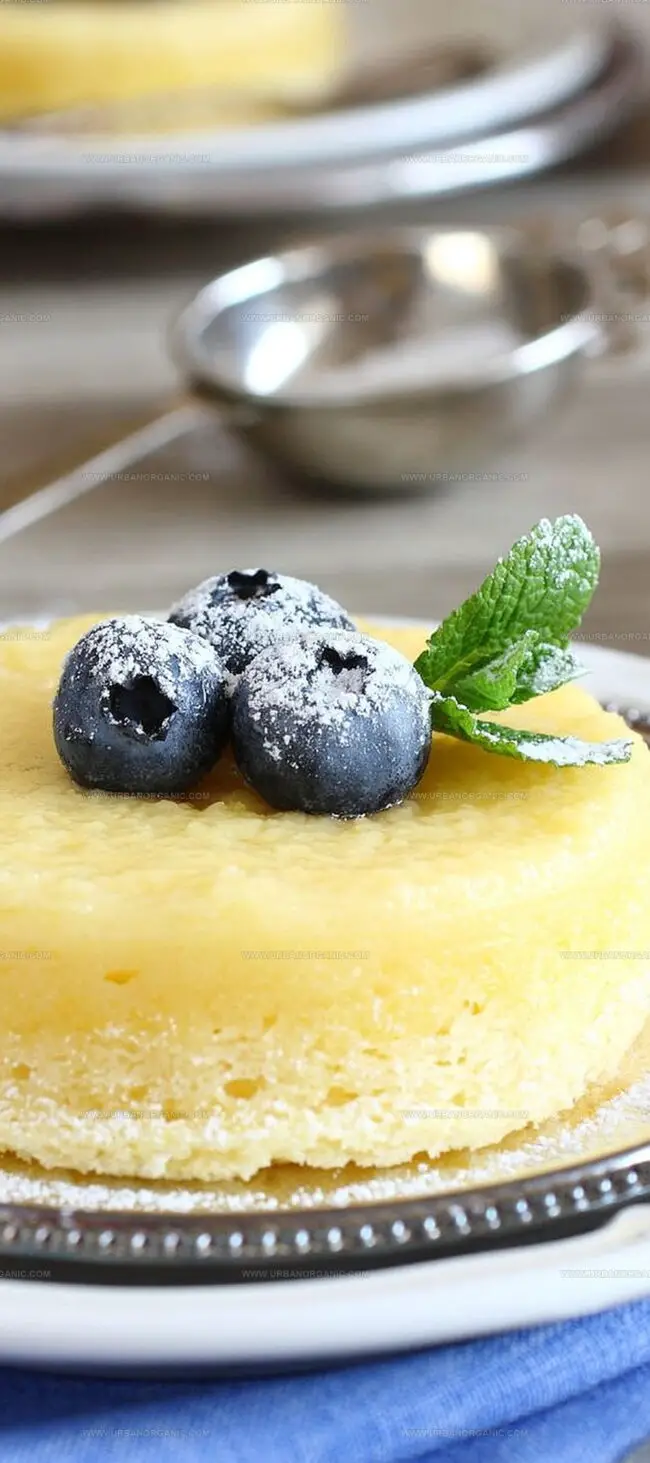
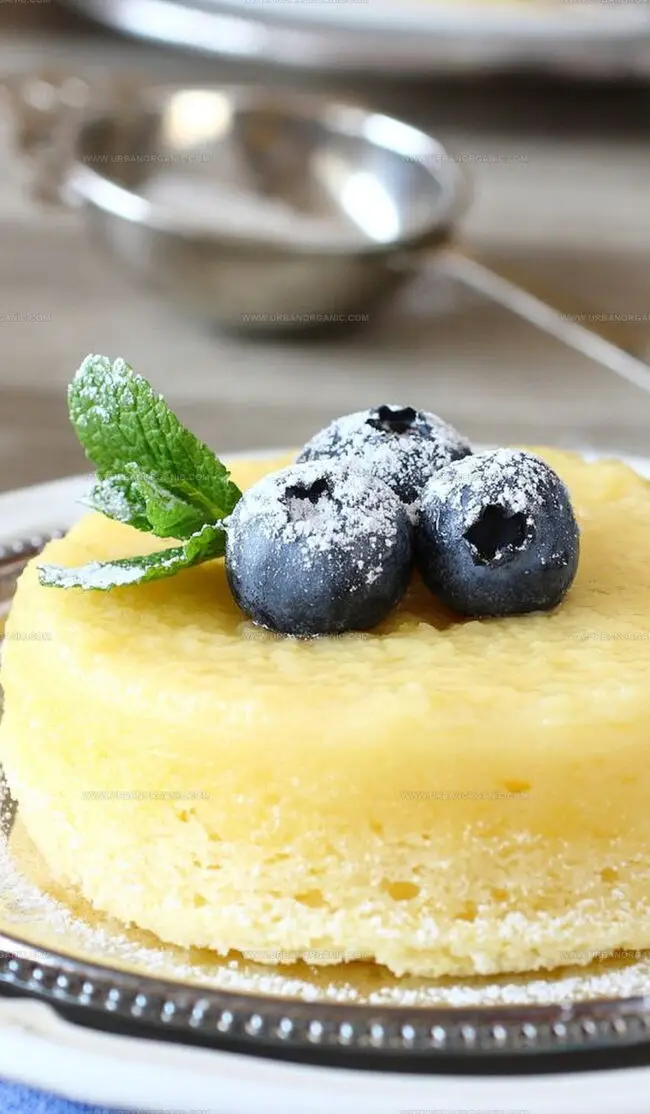
Michael Thompson
Founder & Culinary Director
Expertise
Classical & Contemporary Cooking Techniques, Global Cuisine Appreciation, Nutrition & Menu Engineering, Sustainable Cooking Practices, Farm-to-Table Cuisine
Education
Southwestern Oregon Community College
Michael grew up in Oregon, where he learned early that food tastes better when it’s fresh, local, and made with care.
After earning his degree from the Southwestern Oregon Community College, he focused his career on teaching others how to cook with the seasons, reduce food waste, and reconnect with what’s on their plate.
Michael keeps his cooking simple, sustainable, and full of flavor. His favorite part of the process? Watching people realize how easy and satisfying it can be to cook a single great meal from scratch.